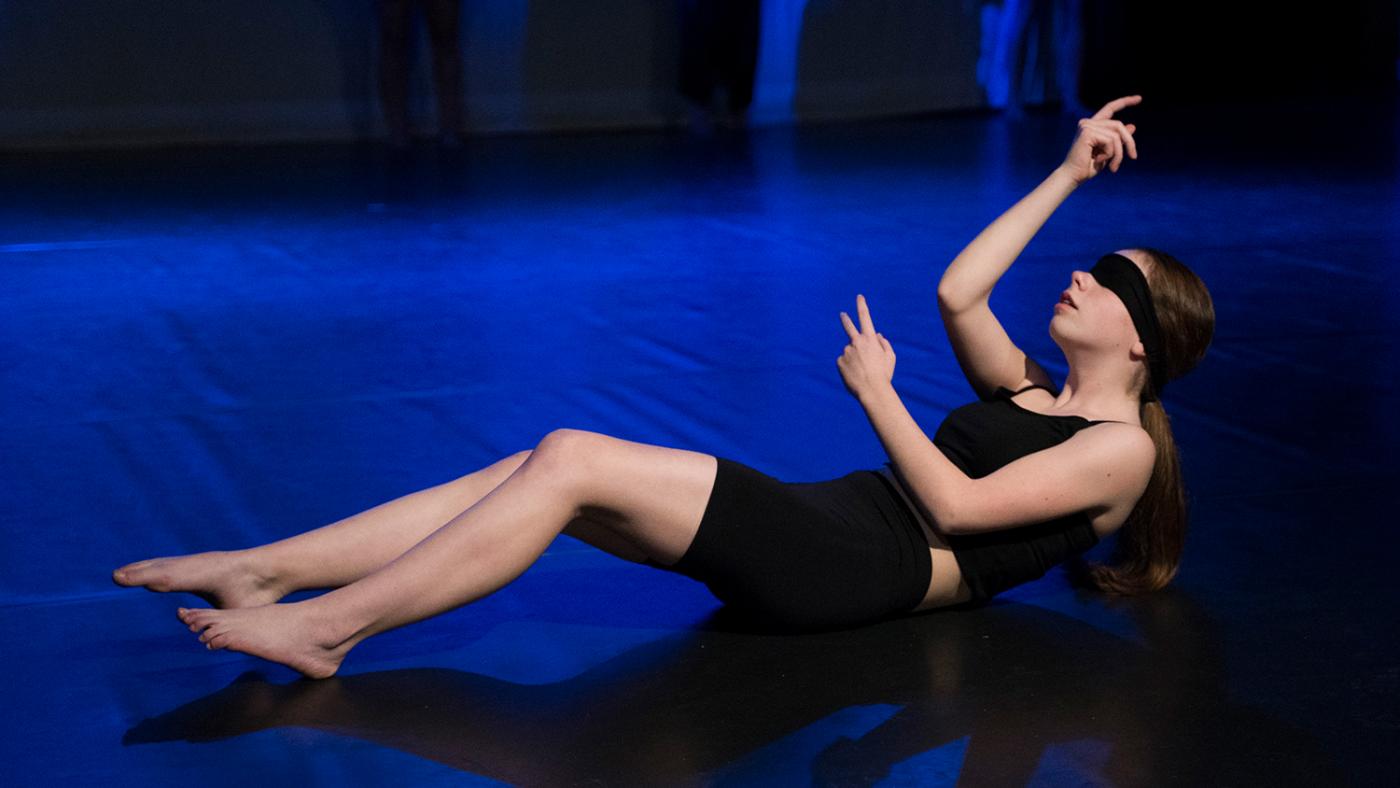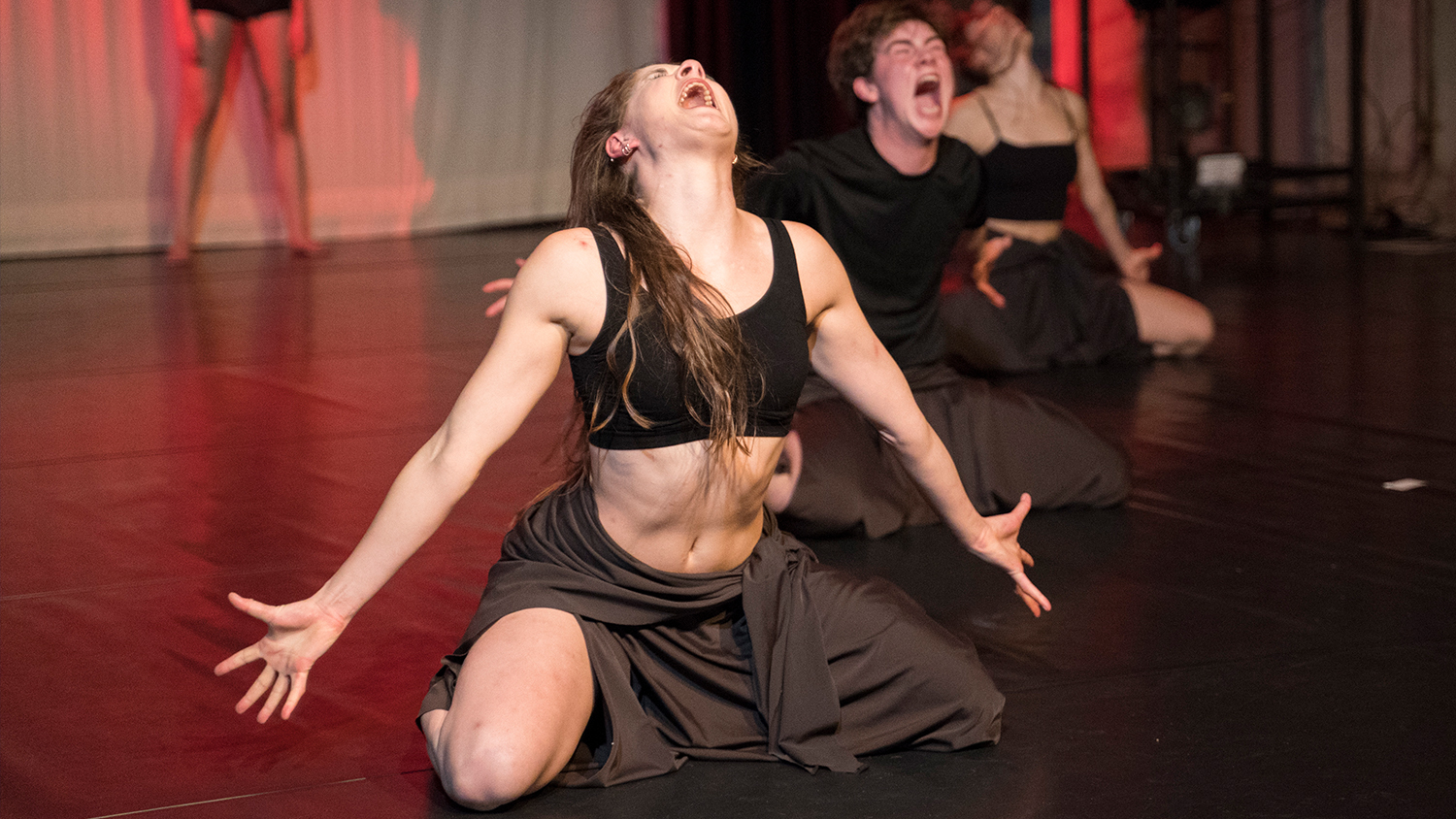Dance performance at Parnassos addresses mental health

Choreographer and friend Charlotte van den Reek (39) and the dancers of L.O.F. DanceCrew used their mourning as a source of inspiration.
“Lisa killed herself around a year and a half ago,” says Van den Reek. “She was always one who fought to break the taboo around depression. She was working on establishing a branch of Enik, a recovery academy for people dealing with psychological issues. She was also writing a blog in which she openly discussed her depression. Lisa asked me to use dance to bring more attention to the topic of mental health.”
The show premieres on Saturday, July 10, at Parnassos, marking the comeback of the cultural centre, which had to close its doors for months because of the Covid-19 regulations. Lisa’s story influences the performance in several ways. It wasn’t always easy for the dancers to come up with the performance because of the close bond they shared with her. “Some of the dancers in our group knew Lisa since primary school or had been dancing with her from a young age. It wasn't unusual for someone to get miserable during our rehearsals.” Thankfully, the group members supported each other. “Everyone knew her, so we totally understood how devastated we all felt.”

Breaking the system
But suicide is not at the heart of the performance. Mental health is. “Without giving away too much, the performance isn’t a story, but rather a process: from not wanting to live to finding the courage to fight your inner demons, acknowledging that you need help, and getting stronger as a result.”
Van den Reek isn't someone who thinks a performance necessarily has to have a message. “But it would be great if the audience experiences something touching, something that gives them courage, or inspires them. Talking to psychologists is crucial, but I also hope that the audience will see that there are many creative ways to deal with feelings.”
The show is titled Dance Against the System. “It’s called that because so many systems need to be broken. In this specific case, I saw that Lisa was sent from pillar to post by the healthcare system. If something’s just outside the field of one therapist, then you need to be transferred to another, even when you desperately need help, fast. A therapist needs to be able to help you if they see you really need it, even if it’s outside their field. I think the system has to change in that aspect.”
To truly break the system, the performance is followed by a discussion between experts, psychologists, policy makers, and the audience. “This conversation is something that means a lot to me, because Lisa also wanted the system to change.” Van den Reek doesn’t expect the dancers will be able to solve the issue. “My hope is that, by exchanging experiences after the show, we will inspire people to adjust policies, learn something about the topic, or at least acknowledge that it’s an important issue we should be paying attention to.” It’s not just the policy makers who can learn from the conversation after the performance, she says. “It’s also good for people who know someone who's struggling with mental health issues, so they know how to help them or at least support them.”
The choreographer has two goals: first, she aims to present a creative way for people to deal with their own feelings. Secondly, she wants to spark a conversation, thanks to the debate that ensues the performance. For those wanting to dive even deeper into the subject, there's an opening act with several artists doing short performances.
If you have questions about suicide, or if you need help, you can call 113, or 0800-0113 for free.